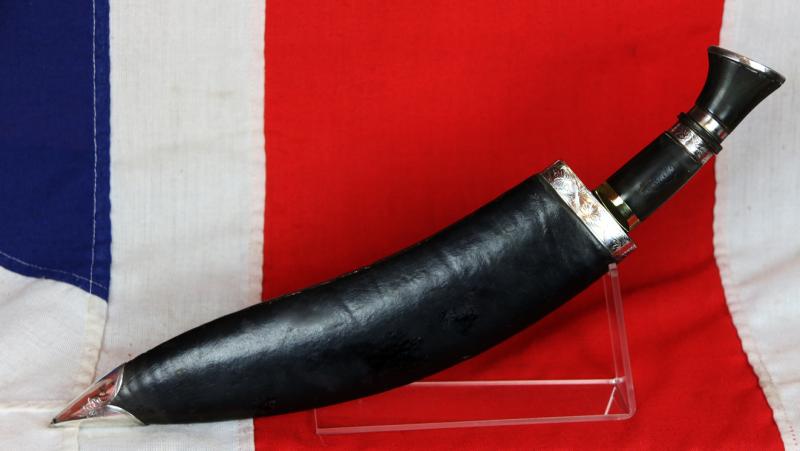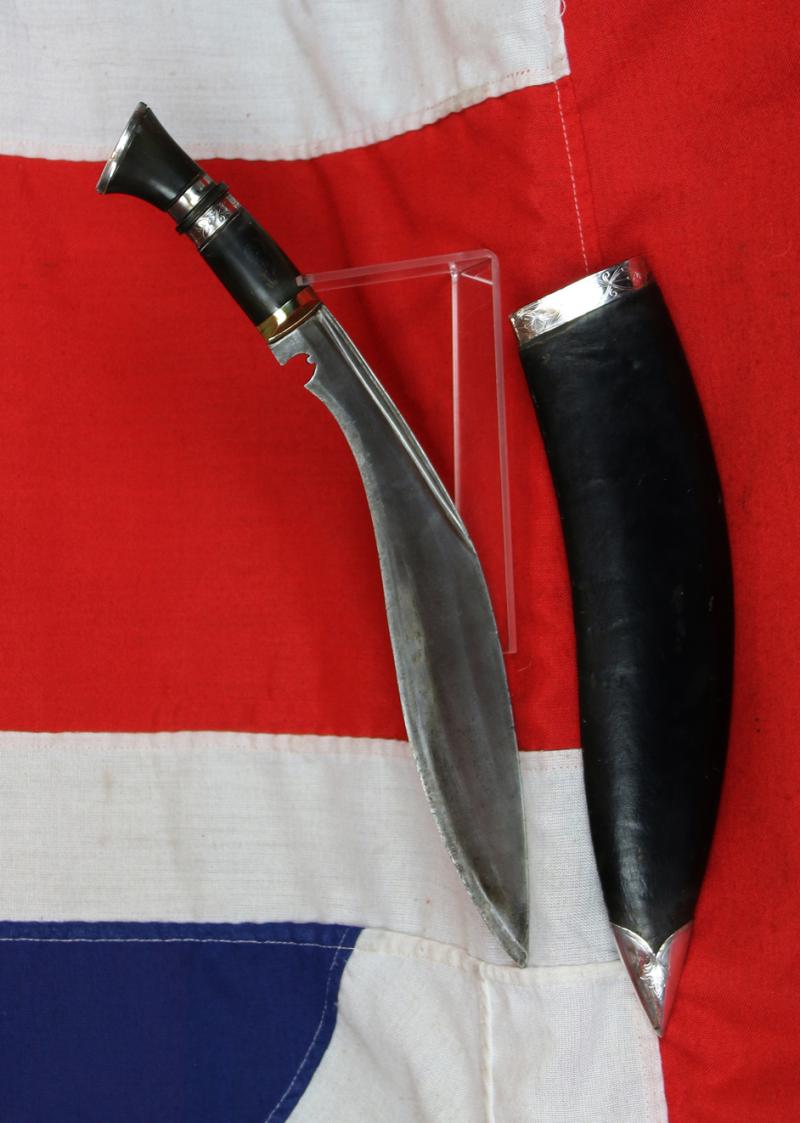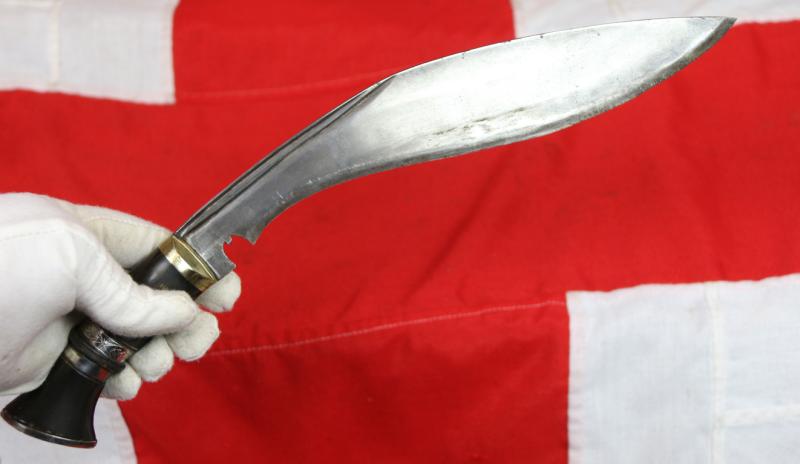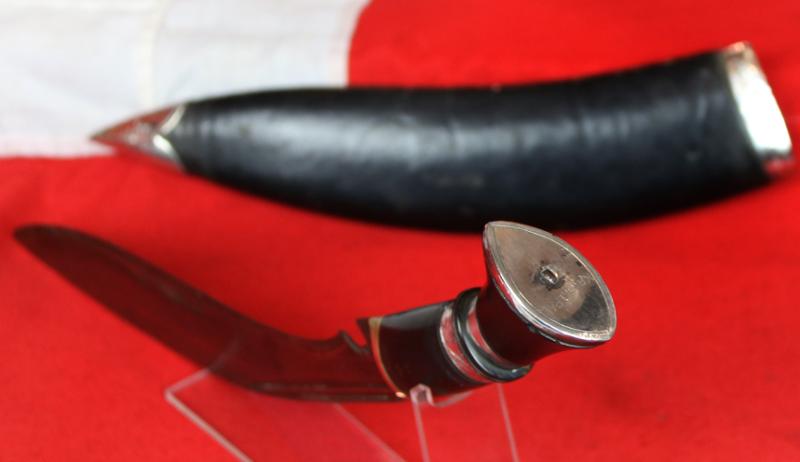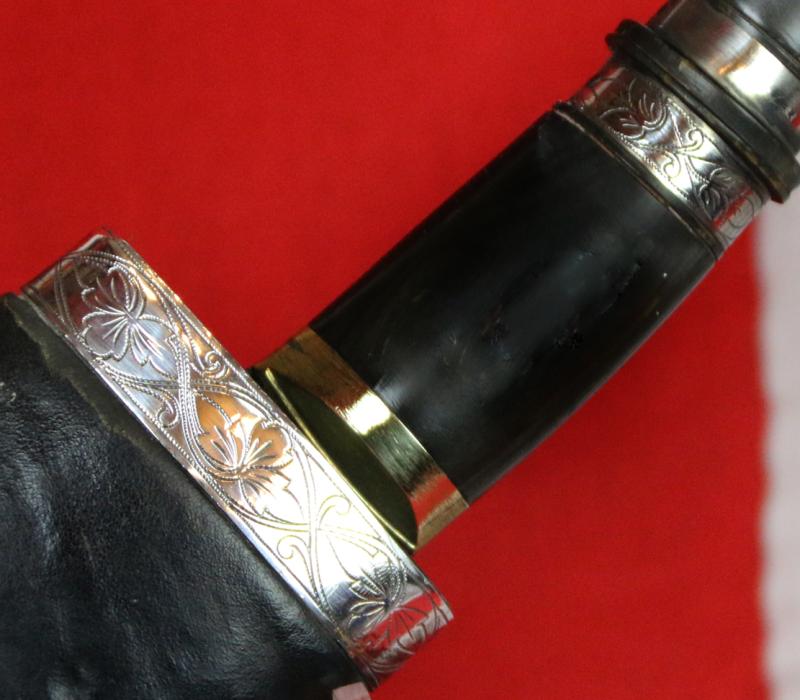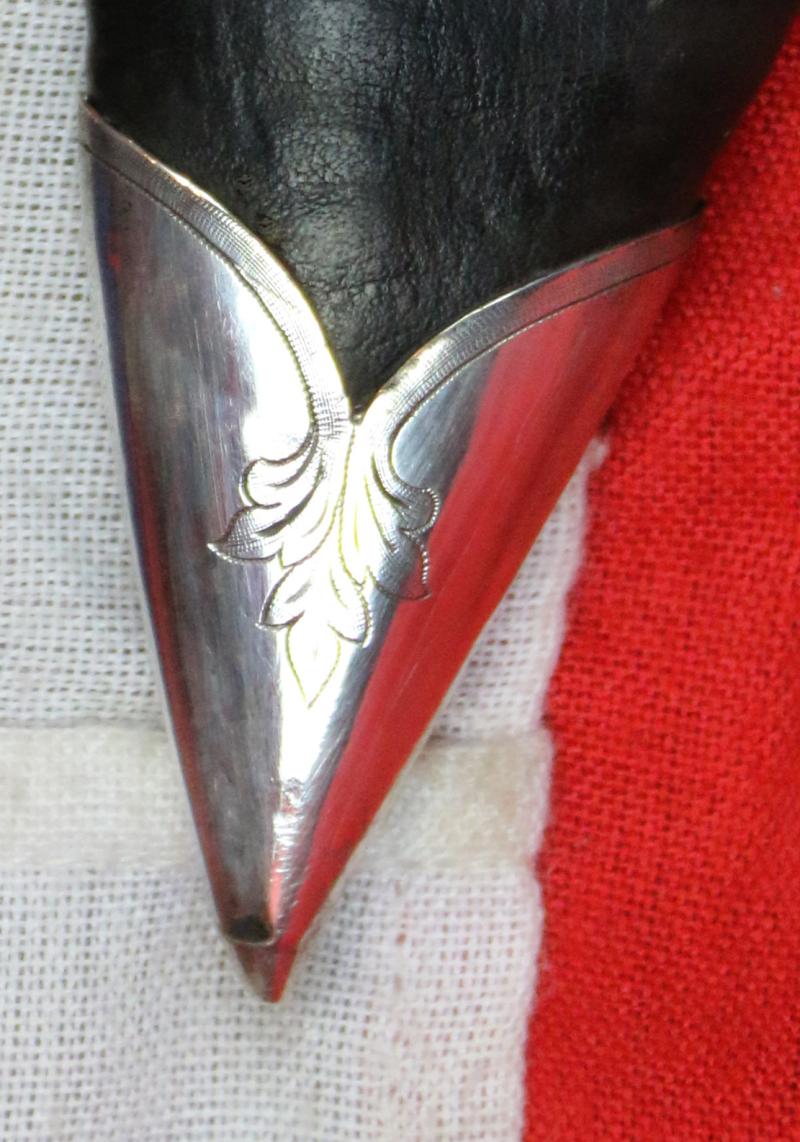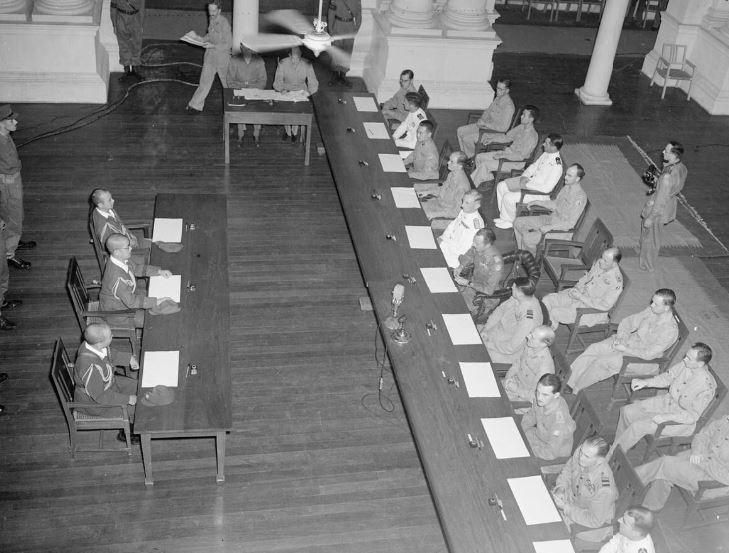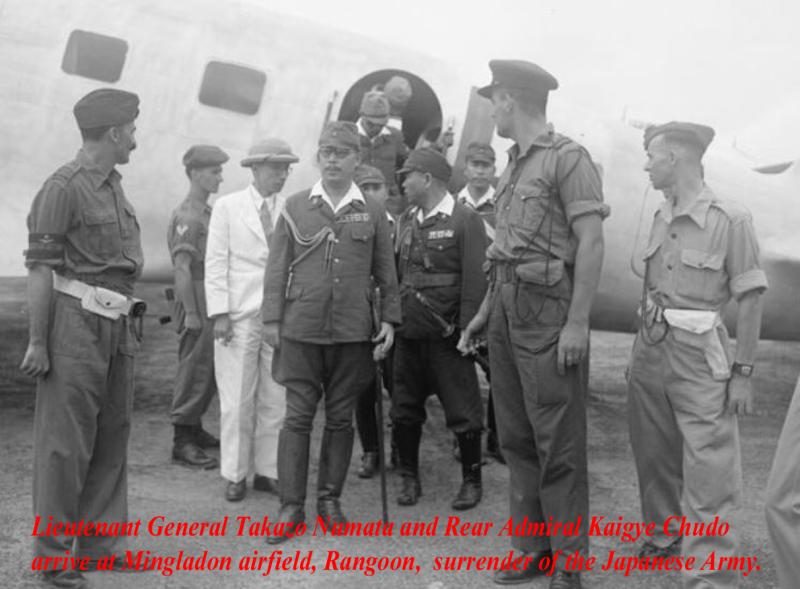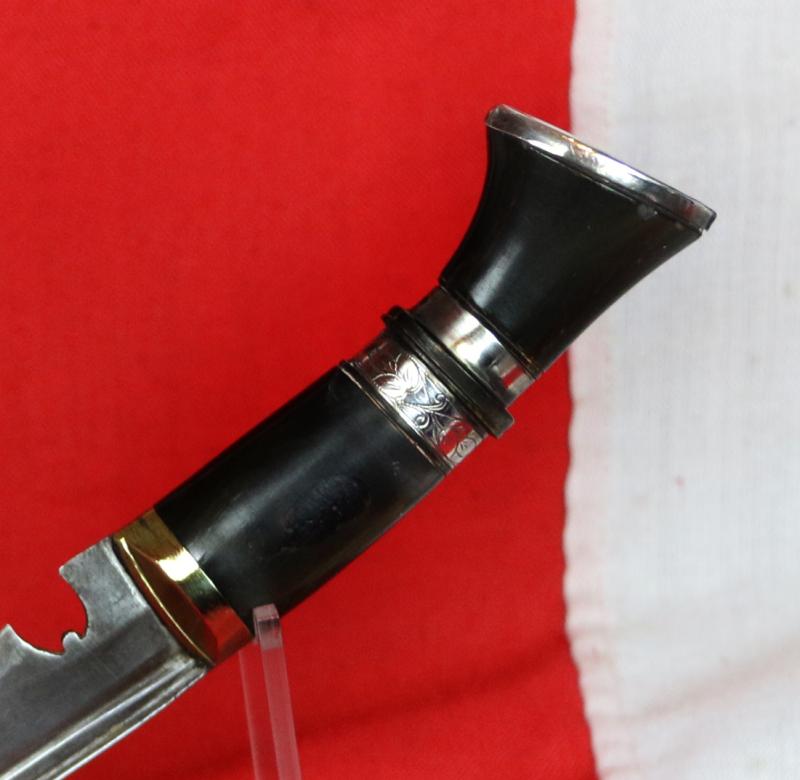A Superb, Historical, WW2 'Surrender of Japan' Presentation Silver Kukri With Superbly Engraved Silver Mounts and Pommel. Excellent Quality Honed and Tempered Blade
Carved horn handle and traditional fine steel blade, {exceptionaly sharp} the elongated recurved blade, highly distinctive of the tradition kukri of the gurkhas.
Presented as a souvenir of the war's end surrender of Japan, to an aide de camp of a British General who was part of the negotiations of the surrender of the Empire of Japan, at the conclusion of the negotiations, that were made in 1945-08-28, Prior to the formal surrender a few days later aboard USS Missouri on the 2nd of September. The surrender was negotiated In the Throne Room, Government House, Rangoon, which was used for the surrender negotiations, by Lieutenant General Takazo Numata with Lieutenant Colonel Morio Tomura and Rear Admiral Kaigye Chudo
Original Nepalese presentation silver gurkha's kukri, antique, circa 1870. Leather nicely patinated through age.
The kukri came to be known to the Western world when the East India Company came into conflict with the growing Gorkha Kingdom, culminating in the Gurkha War of 1814–1816. It gained literary attention in the 1897 novel Dracula by Irish author Bram Stoker. Despite the popular image of Dracula having a stake driven through his heart at the conclusion of a climactic battle between Dracula's bodyguards and the heroes, Mina's narrative describes his throat being sliced through by Jonathan Harker's kukri and his heart pierced by Quincey Morris's Bowie knife. In the hands of an experienced wielder Khukuri or Kukri is about as formidable a weapon as can be conceived. Like all really good weapons, Khukuri's or Kukri's efficiency depends much more upon skill than the strength of the wielder. And thus so that it happens, that a diminutive Gurkha, shorter and slight in regards to his stature, could easily cut to pieces a gigantic adversary, who simply does not understand the lightly built Gurkha's mode of attack and fearsome skill. The Gurkha generally strikes upwards with his Kukri, possibly in order to avoid wounding himself should his blow fail, and possibly because an upward cut is just the one that can be least guarded against however strong his opponent.
In the 20th century through the WW1 and WW2 period they continued to make silver or plated mounts presentation kukri, and the criteria for presentation became more flexible. After WW2 presentation types were almost always silver plated or nickle.
Photo in the gallery of Lieutenant General Takazo Numata and Rear Admiral Kaigye Chudo arrive at Mingladon airfield, Rangoon, to discuss arrangements for the surrender of the Japanese Army. We have more information on the provenance of this superb and historical piece that we will be pleased to pass onto to the next owner. In January we were delighted to acquire a superb Japanese General's gendaito sword also surrendered to a British General at this same ceremony. That Japanese sword, with other family swords and kukri, were sold to a private American collector the same day that it was acquired by us.
Excellent condition overall with small areas of contact use wear upon the horn.
Code: 25655
1295.00 GBP

